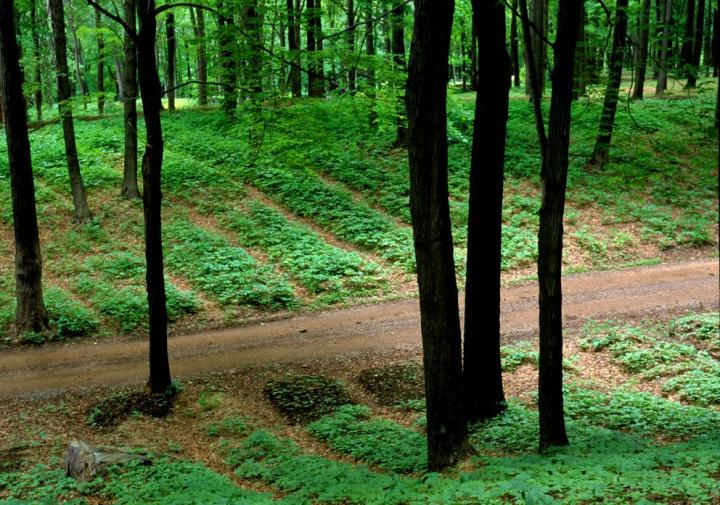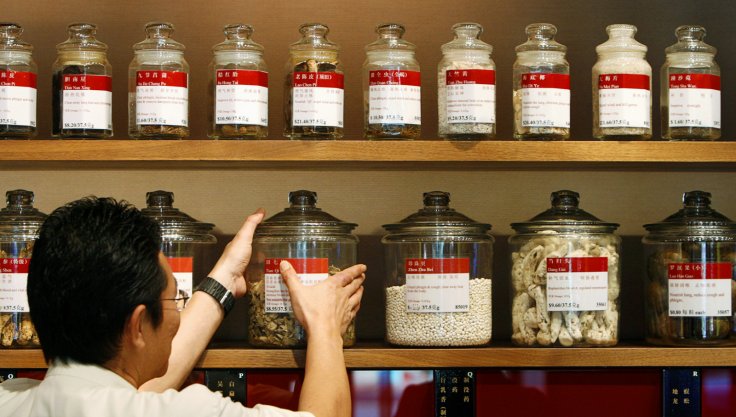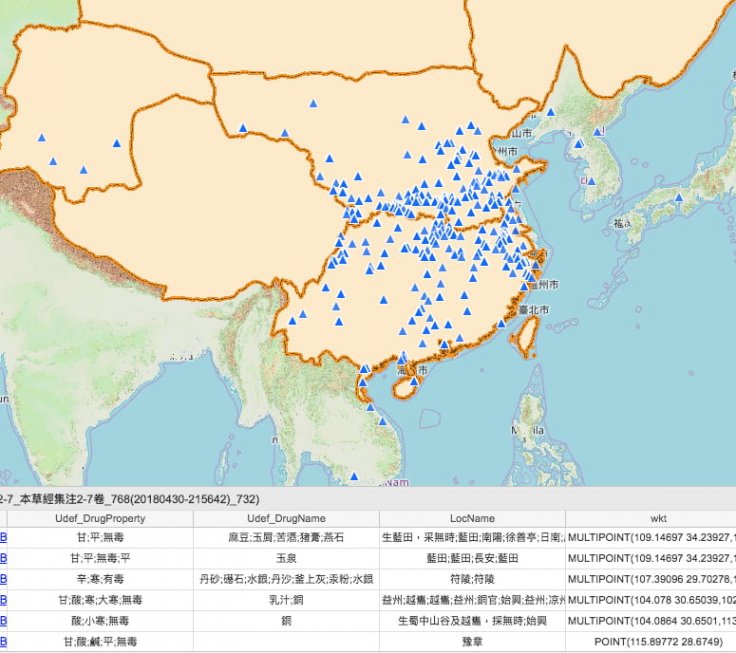Forget the days when people had spent days in the wild forests collecting herbs such as American ginseng ad the need of the hour is to shift to forest farming in Appalachia to make the opaque, unstable and unjust supply chain for forest medicinal plants, which is sustainable, said a team of researchers who have studied the market for these forest products for more than a decade.
"Sustainability doesn't refer just to conservation, although it very much applies to the preservation of these valuable forest medicinal plants and the ecosystems in which they are found. But it also relates to social justice, equity and fair trade for the people at the base of the supply chain who harvest the plants," said researcher Holly Chittum, a Penn State doctoral student, who led the team.

Demand for herbs growing at 8% annually
Chittum, a project scientist with the American Herbal Products Association, noted that demand for forest botanicals has grown quickly in recent years, increasing by as much as 8% annually. Forest understory medicinal plants long have been wild-harvested for commerce and some of them are widely traded plants native to the deciduous forests of the eastern United States -- with the Appalachian region serving as an epicenter for more than 50 medicinal plant species.
"If you are supplying the whole global market, for example with wild American ginseng, from populations in Kentucky, North Carolina, Tennessee, Virginia, West Virginia, Maryland, New York and Pennsylvania -- there are concerns that it may not be sustainable," she said. Besides, there is a subset of medicinal plants that occur only or mostly on forestlands in eastern North America, sourced nearly 100% from the wild, pointed out another researcher Eric Burkhart, an instructor in ecosystem science and management in Penn State's College of Agricultural Sciences.
No record of their supply chain

Burkhart, also director of the Appalachian Botany and Ethnobotany Program at Penn State's Shaver's Creek Environmental Center, said unlike timber or other natural resources, these wild plant populations are not generally known and there's no record of their supply, rate of removal and rate of regeneration. Some plants such as ginseng are increasingly moving into cultivated lands.

Wild-harvested plant roots, rhizomes and tops typically are brought to root buyers, country stores, taxidermy shops, metal shops, convenience stores, bait and tackle shops, gas stations, and the like, who consolidate products in their areas and then regional aggregators buy from them and sell to companies, global traders or manufacturers.
No transparency, no quality
In many cases there is no transparency in the supply chain, no knowledge of the source for the ginseng, black cohosh, goldenseal or other forest medicinal plants. Encouraging wild collectors and supply chains to shift toward forest farming practices would solve many of the problems, said the researchers in their recommendations, recently published in HerbalGram.

Forest farming is a model for the future of forest botanical supply chains, and with the right investments and support from herbal companies and customers, it could be a game changer for the herbal products industry, they said.









